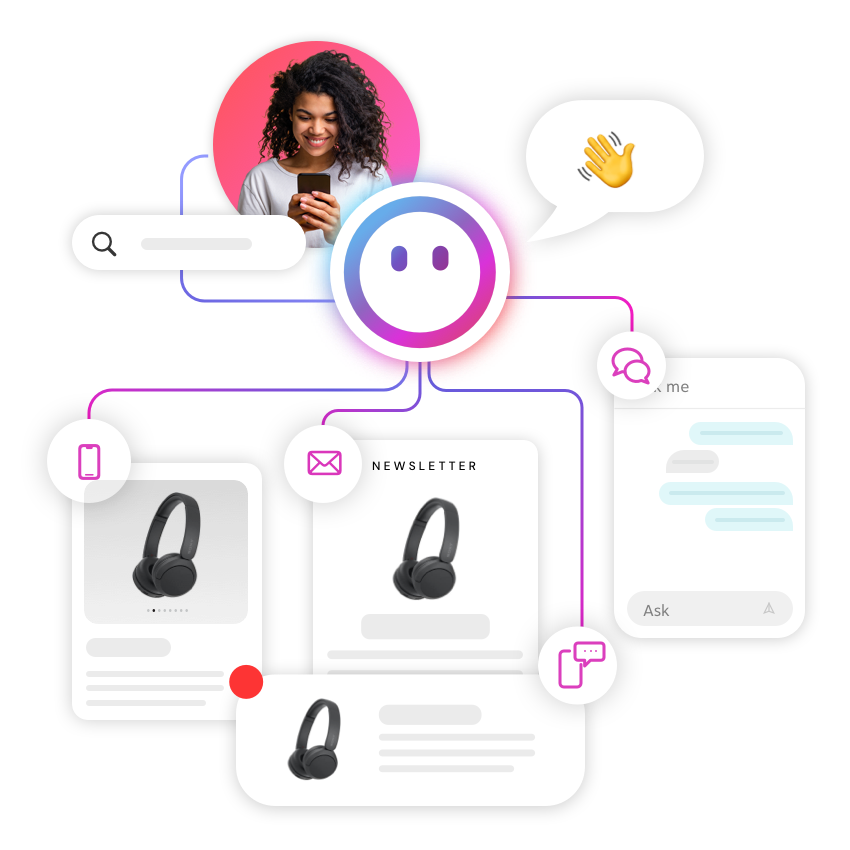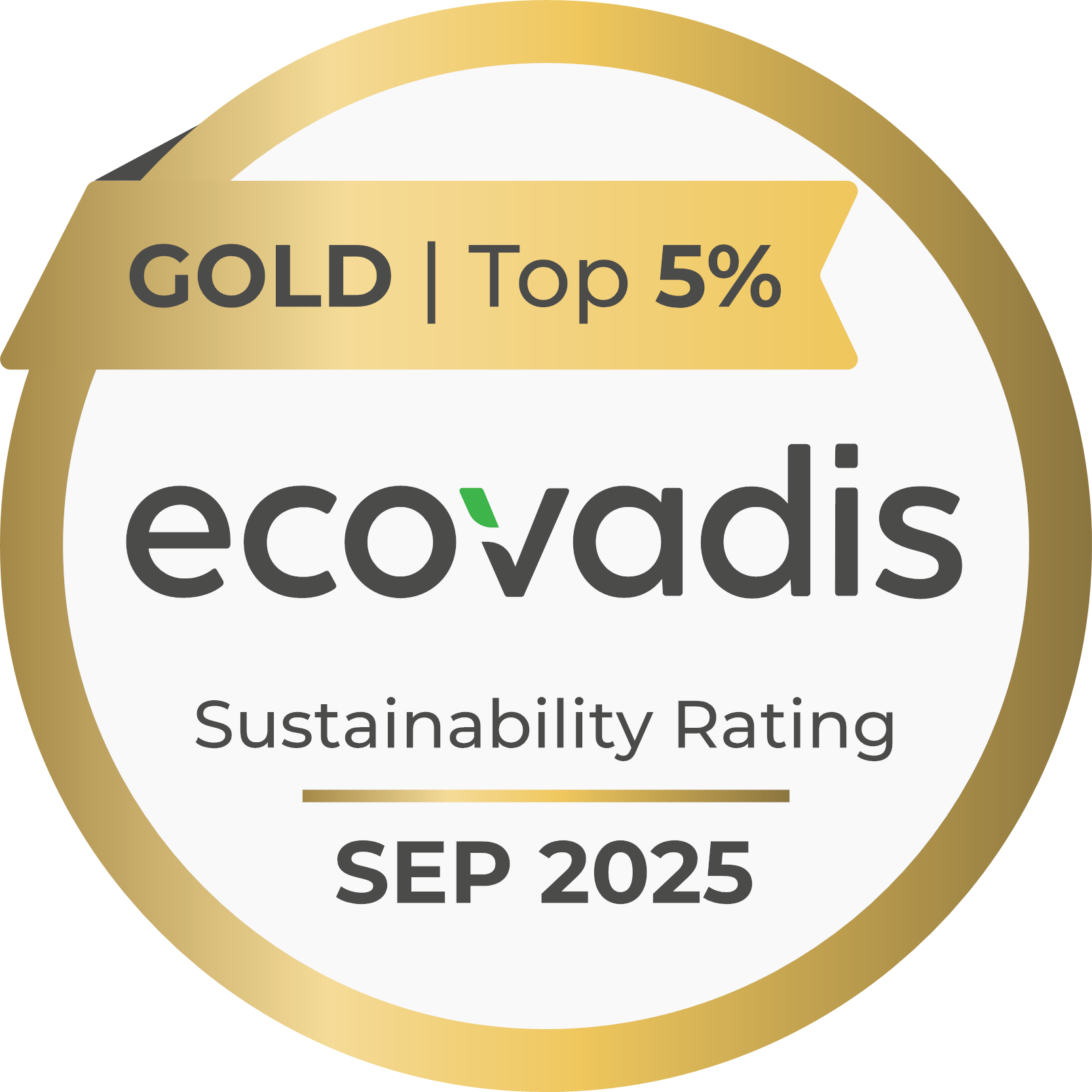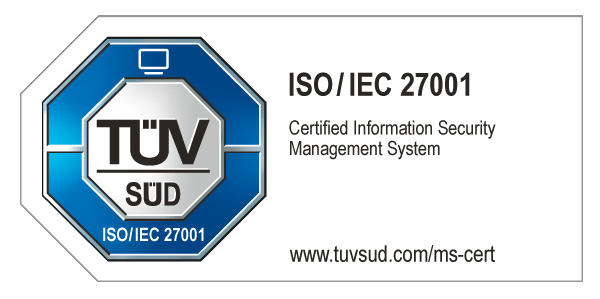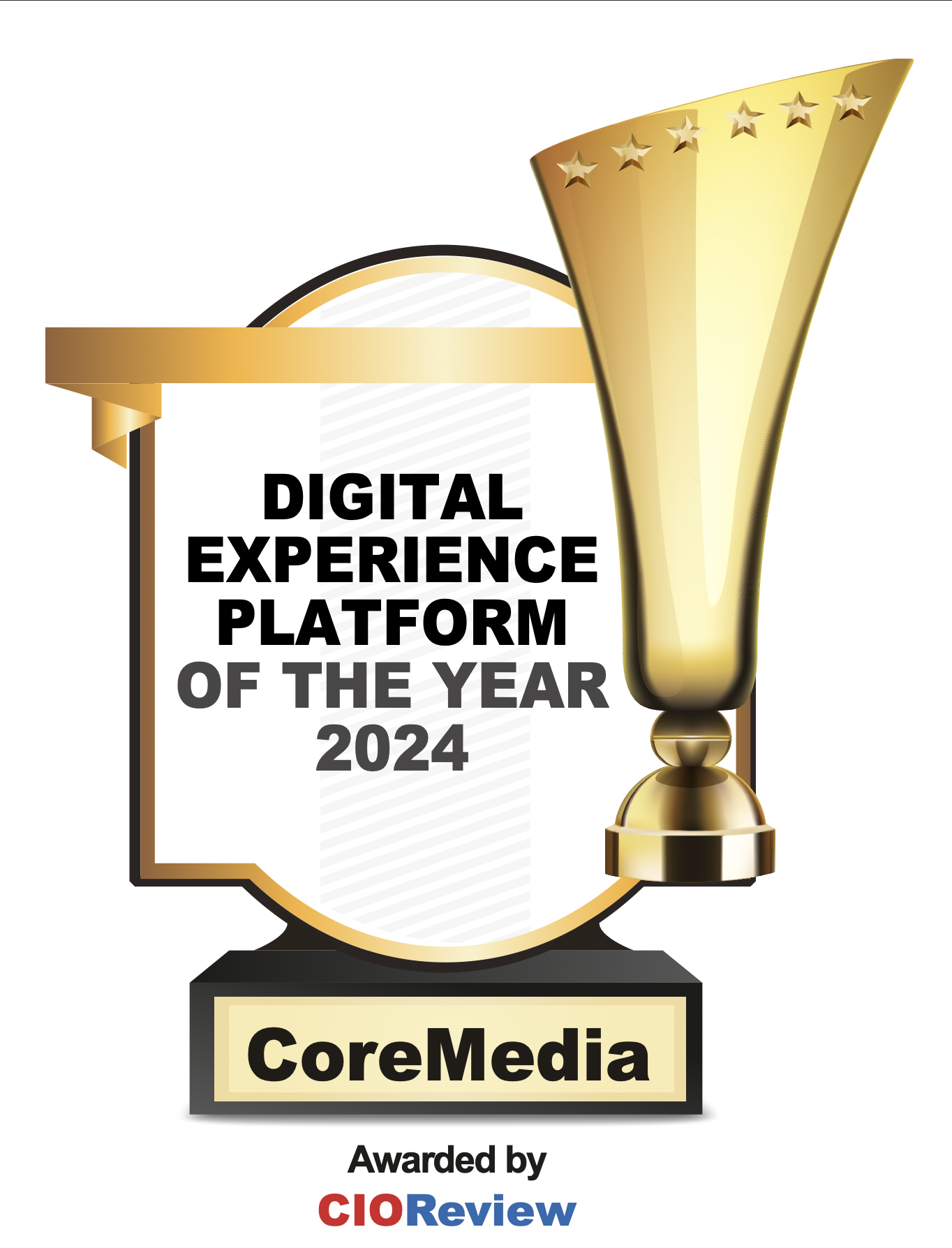Hot off the presses and always a hot topic, the 2018 Gartner Magic Quadrant (MQ) for Web Content Management (WCM) is out and sure to generate buzz. . Because there's nothing more important to enterprises these days than their website, and nothing's more important on a website than content.
Here at CoreMedia, we’ve been promoting the idea that “content matters," so we’re happy Gartner has named us as a “Visionary” in this year’s report. That’s a label we believe we’ll continue to live up to, as we’ve got a visionary project in the works and a big announcement coming in September at the 2018 Digital Marketing Expo & Conference (DMEXCO).
Stay tuned for that. But for now, we wanted to share our thoughts on how to interpret these types of high-profile analyst reports, which seek to analyze market trends and provide pros and cons of the various players.
First of all, many reports feature some kind of graphical summary that compares vendors against a range of technical and business criteria. But like any simple picture that seeks to tell a complex business story, there’s more than meets the eye with these graphics. For example, most analyst firms have some criteria that relates to company performance or execution. But does this refer to a company’s track record of successful recent engagements or is it based more on total revenue billed – therefore masking the fact that those who can charge more will inevitably get a higher placement (whether or not their projects actually come to fruition and their clients realize ROI)?
Second, the scale of these markets is enormous – which means that small yet impressive moves aren't really reflected. Here at CoreMedia, we're growing faster than the WCM market itself and consistently surpassing our goals on Annual Recurring Revenue (ARR). But this kind of achievement can't be pictured accurately by big-picture reports that paint with broad strokes.
Then there’s the issue of word choice. Most analysts are very careful with their language, doing their best to balance an overview of each company with informative statements of strengths and weaknesses (typically several of each). This occasionally means that, in the interest of balance, an analyst might describe something as a weakness or challenge that the vendor (and some of its customers) may actually consider a strength.
For example, if an analyst notes that a vendor has a "limited” presence in a specific region compared to larger competitors, this often misses an important truth. In the case of CoreMedia, for example, we haven't gotten credit for the fact that we're experiencing record revenue growth in North America while continuing to grow our already strong presence around the world. Analysts sometimes see us as a player without a strong presence there, when the truth is we're gaining market share every year by becoming the go-to boutique provider for companies who are leaders in their category.
Another common caution is when analysts knock a company for having less marketing clout than established competitors. Yet this observation is often based on a selective set of criteria, such as the number of times an analyst has heard that vendor mentioned in calls or inquiries. What is often left unexamined, in fact, is the quality of the marketing itself or the impact it might be having on key target accounts and influencers.
At CoreMedia, we first of all focus on great software. That's where the bulk of our resources go. But beyond that, we don't believe that bigger marketing is better marketing. We're proud of our approach: creating campaigns that are intriguing, attention-getting, risk-taking, conversation-generating, and uniquely ours.
Because we practice what we preach. We apply the same principles to ourselves and our marketing as we do to our customers and their content. Which is: you have to stand out, do things differently, and get people talking.
You have to be iconic.








